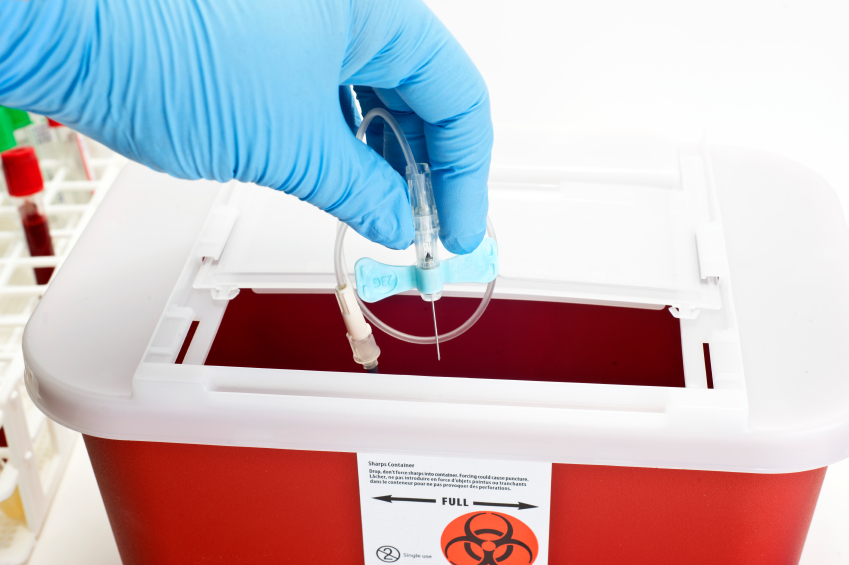When you’re dealing with one type of waste, the allowable disposal options tend to be cut-and-dried. But when you’re dealing with mixtures of radioactive and hazardous waste, those options can be conflicting.
 |
If your storage facility is allowed only to accumulate hazardous waste for a maximum of 270 days, but it’s supposed to hold low-level radioactive waste until radiation levels drop below background levels, how do you reconcile the two requirements? If you generate “low-level mixed waste” (waste that contains both low-level radioactive waste and RCRA-hazardous waste) you can qualify for the storage and treatment conditional exemption at 40 CFR 266, Subpart N, which exempts your low-level mixed waste from the regulatory definition of hazardous waste provided you meet the exemption’s conditions. If your waste is “mixed waste” (waste that contains both RCRA-hazardous waste and source, special nuclear, or byproduct material subject to the Atomic Energy Act), this exemption is not available.
Mixed Waste Disposal
Final disposal for mixed waste can be expensive and difficult. Options include:
- Incineration. There is only one operating incinerator in the United States that can take radioactive mixed waste. It is in Oak Ridge, Tennessee.
- Long-term, off-site storage. Some commercial facilities are equipped to hold radioactive wastes for the purpose of decaying in storage.
- Landfilling. Some specially permitted landfills can accept mixed wastes.
Additional options, including plasma-arc pyrolysis and supercritical water oxidation, are in development but have not yet superseded existing methods.
Disposal of Waste Mixtures
Here are some options for dealing with the other kinds of waste mixtures you may encounter in a medical environment.
Hazard Elimination
Whenever possible, the best way to deal with waste mixtures is to avoid generating them in the first place, but this is not always possible. The next best option is to eliminate one or more of the hazards before disposal. Strategies include:
- Rendering wastes noninfectious. Some infectious wastes can be rendered noninfectious through treatment or sterilization techniques, removing them from this hazard category. If the waste is also hazardous waste, then the technique used must be compatible with the hazardous waste component—for example, flammable and volatile substances should never be autoclaved. Some disinfectant chemicals may be incompatible with hazardous waste components, and others may themselves create a hazardous waste from an infectious one.
- Rendering wastes nonhazardous. Some hazardous wastes—particularly, wastes that are hazardous based on their characteristics, such as flammability or corrosivity—can be chemically treated (for example, corrosives can sometimes be neutralized) in ways that render them nonhazardous. Hazardous liquids may be distilled or filtered to remove hazardous components; hazardous solids may be washed to remove surface contamination. Specific commercial waste-treatment companies can sometimes treat wastes for specific types of contamination, for example, to remove heavy metals.
If it is not possible to remove one or more of the hazards from the waste mixture before disposal, it may be possible to minimize the amount of waste mixtures that must be disposed of through:
- Drying. Removing nonhazardous liquid components from waste leaves less to dispose of.
- Incineration. Depending on the type of waste involved, this may have to be done at a licensed facility, but it removes most solids and leaves behind ash to be disposed of in a landfill.
Need more information on dealing with your waste stream? Enviro.BLR.com® will help you get things moving in the right direction.
